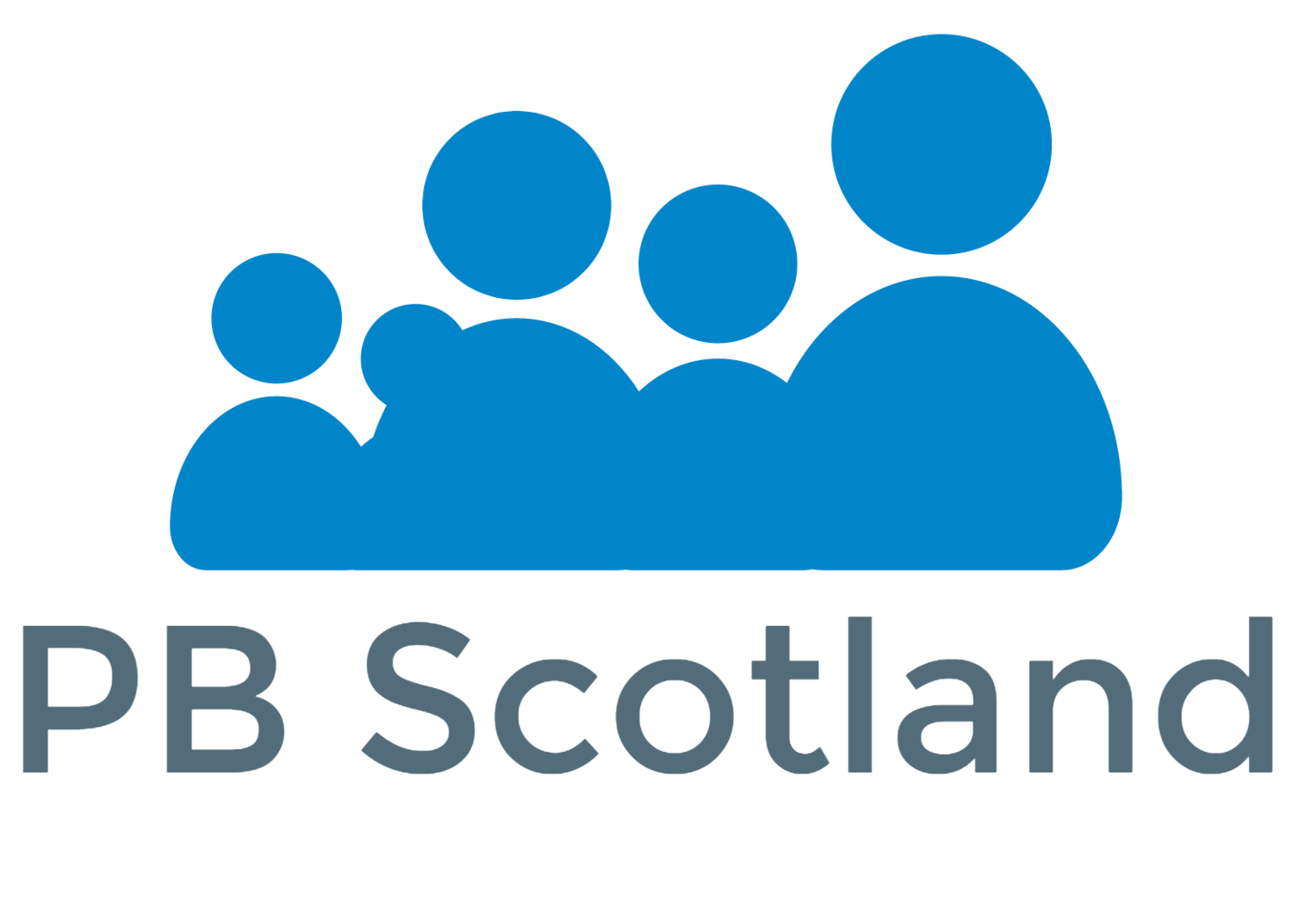How to evaluate a PB process
In addition to identifying whether events were inclusive with an effective delivery process, and project activities have led to impact, it is also important to use feedback from participants, staff/officers supporting the process and community organisations to evaluate the overall PB process to ascertain what worked, what didn’t, and what to do differently in the future.
This task would most commonly be carried out by the steering group facilitating or managing the PB process who would self-evaluate every step of the process making reference and use of evaluation findings collated to date (both events and impact).
Evaluation outcomes – what will success look like?
Suitable outcomes for evaluating the PB process and delivery can be based on the seven standards set out in the National Standards for Community Engagement which are:
Inclusion - We identified and involved people and organisations that would be affected by the focus of the PB process and enabled them to participate effectively.
Support - We identified and overcame barriers to participation for people involved in all aspects and at all stages of the PB project process.
Planning - We were clear about the purpose for the PB process and any associated planned activities.
Working Together - We worked effectively with others to achieve the aims of the PB process.
Methods - We used a variety of participative methods that were fit for purpose within the PB process.
Communication - We communicated clearly and regularly with people, organisations and communities involved and affected by the PB process
Impact - We reviewed the overall PB process, explored impacts driven by activities and recorded learning that will improve future PB practices and developments.
How will I evaluate?
In evaluating PB process and delivery, it is recommended that the group facilitating or managing the PB process work together, where possible, to jointly self-evaluate by:
Reviewing all evaluation findings collected to date and exploring common themes/challenges or any significant issues emerging.
Participating in individual or group evaluation sessions (online or in person).
Hosting additional focus groups or workshop sessions with others involved in parts of the overall PB process (online or in person).
Resource download: Sample questions and areas for exploration recommended to self-evaluate against the outcomes
An evaluation resource currently exists which can be used to evaluate the PB process using the questions above and this, along with its scoring criteria, are provided as usable templates:
Resource download: PB process evaluation form
Resource download: PB scoring matrix
What information is best to record?
PB process and delivery evaluation reporting will be slightly more in-depth. It will capture and include the majority of evaluation findings gathered to date (both event and impact) as well as an overall evaluation of the whole process. This means that in certain cases it will act as a final report on the process and be used as final evidence on success, often submitted to funders and grant providers.
PB Process and delivery evaluation reporting should therefore include:
Background information on the overall PB process, overall outcomes of the project, details of steering group involvement as well as what plans were put in to facilitate delivery.
Methods of delivery put in place including details of all PB events held and support provided – including evaluation evidence of success in these areas.
Overview of successful projects (including details on impact and delivery as well as feedback).
Overview of unsuccessful project and any developments following the completion of the PB process.
Information on whether the overall outcomes have been achieved – including evidence of this.
Facilitators, project applicants, beneficiary (user) and community observations/feedback on the process as appropriate.
Testimonials or stories about impact.
Unanticipated outcomes and any recommendations for future change or development within existing processes.
Evidence and information on the success of the overall engagement of the process with proof, where appropriate, of activities to reduce or negate inequalities.
Future recommendations or plans stemming from the PB process.
Using the learning
PB process evaluation will be used to demonstrate the extent to which the PB process met the aims and objectives set – it will often be presented to funding bodies or strategic management team as evidence to encourage the sustainability of future activity and secure further funding.
Learning from the overall evaluation should inform future PB processes.
Project evaluation materials and reports should also be made available to participants, beneficiaries (users) and the wider communities using appropriate communication methods. These again may include direct mail (or e-mail), social media posts, press releases, blogs and website materials.


